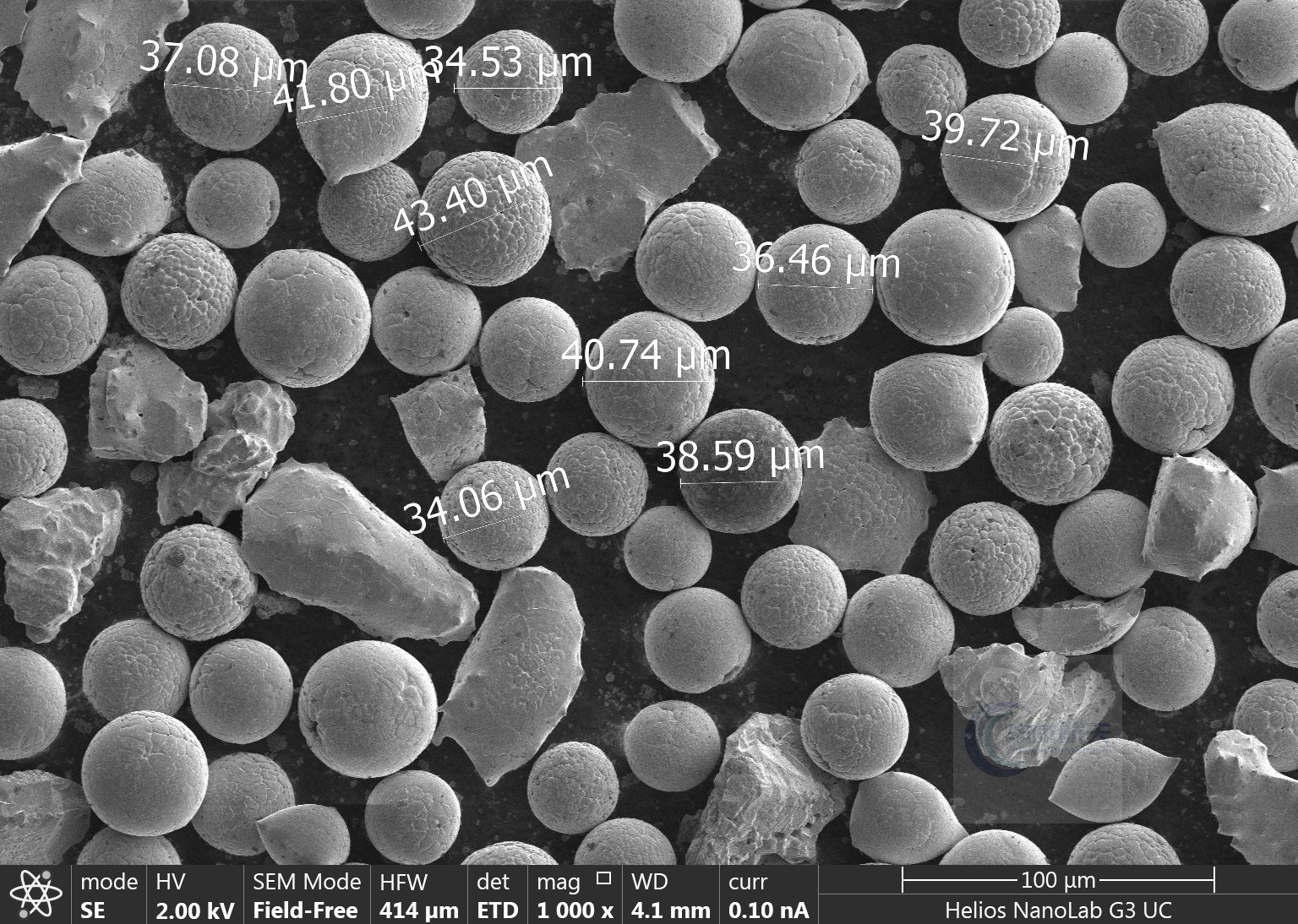There are various synthesis and preparation processes of titanium carbide-based cermets, each with its own advantages and disadvantages. In actual production, an appropriate process can be selected according to different application requirements and price factors.
①Chemical Vapor Deposition (CVD)
This method is a process technology for depositing solid thin film coatings on the surface of substrates by means of space gas-phase chemical reactions. Because the entire reaction of this method is based on thermodynamics, the CVD film has the advantages of good adhesion and wrapping, dense film layer, and high bonding strength of the film base, which satisfies the realization of not only limited to TiC, such as TiN, TiCN, TiBN. and other single-layer and multi-layer composite coatings.
The disadvantage of this method is that the processing temperature is high (usually 900~1200 ° C), the high temperature will soften the steel matrix, and it needs to be vacuum quenched again after the treatment. The process is more complicated, and the workpiece is easily deformed, resulting in the bending strength of the matrix material. In addition, harmful waste gas and waste liquid will be generated during the preparation process, which is easy to cause industrial pollution, which contradicts the green industry advocated by the current state, and thus limits the comprehensive promotion and use of this method.
②Physical Vapor Deposition (PVD)
The method is a technique of depositing the desired coating on the surface of the substrate by using physical processes such as thermal evaporation, sputtering or glow discharge, and arc discharge. Including evaporation coating, sputtering coating and ion coating technology. The latter two are PVD technologies commonly used to prepare ceramic coatings at present.
Compared with CVD, this method belongs to the green thin film preparation technology, there is no environmental pollution problem, and the processing temperature can also be reduced to below 600 ° C, reducing the thermal impact on the workpiece, but as the temperature decreases, the bond strength of the deposited film will also be reduced. lower than the CVD film.
The PVD-prepared film usually has residual compressive stress, which is prone to brittle cracking and peeling. Moreover, it belongs to the line of sight treatment, and the adhesion and wrapping are poor. The workpiece needs to be rotated or oscillated during the treatment process, which increases the design difficulty of the vacuum chamber. Invalid coating, etc.
③ Liquid deposition
This method is a wet chemical film-making method. The basic principle is to drive the hydrolysis equilibrium movement of metal compounds through ligand replacement between ions in the solution, so that metal oxides or hydroxides are deposited on the substrate to form a thin film coating. . Since the method can perform film deposition at low temperature/room temperature, neither heat treatment nor expensive processing equipment is required in the preparation process, and the operation is simple.
The disadvantage of this method is: because it is still a reaction in an aqueous solution in essence, the solution concentration reaction is inconsistent during the deposition process, and there are many factors affecting the liquid phase reaction, and the industrial stability is not high.
④ Thermal spraying
This method refers to heating a certain linear or powdery material to a molten or semi-melting state through a heat source such as flame, arc or plasma, and accelerates the formation of high-speed droplets, which are sprayed to the substrate to form a coating on it, which can be It strengthens or regenerates the surface properties of materials, plays a protective role, and can recover the size reduction of parts caused by wear and corrosion or processing tolerances. The method includes plasma spraying, arc spraying and flame spraying techniques.
⑤In situ synthesis
The in situ synthesis method is that the second phase in the material or the reinforcing phase in the composite material is generated during the formation of the material, that is, not before the material preparation, but in situ in the material preparation process; In-situ synthesis of two-phase reinforced particles, no pollution at the interface, and uniform distribution of the second phase can avoid the difficulties encountered by traditional powder metallurgy processes and smelting processes. With the development of in situ composite technology, its application has been extended to metal-based and ceramic-based materials.
⑥Other synthetic methods
In addition to the above preparation processes, there are in-situ synthesis, melting and casting, powder metallurgy, mechanical alloying, thermal spraying, self-propagating high temperature synthesis, high-density energy beam coating, sol-gel method, liquid Synthetic methods such as EDM surface strengthening in medium discharge. In actual industrial production and application, the selection of the preparation method of the carbonized-based metal-ceramic composite material can be determined according to its own conditions and needs.
